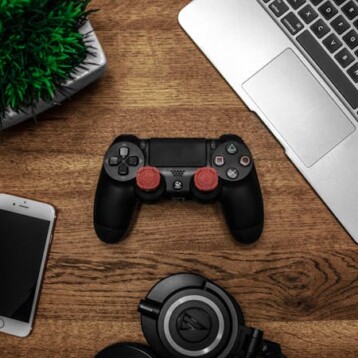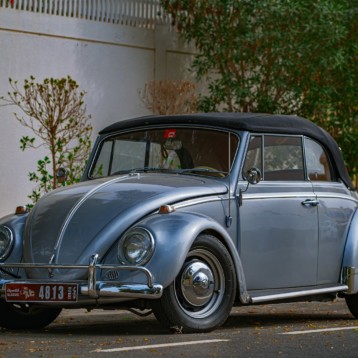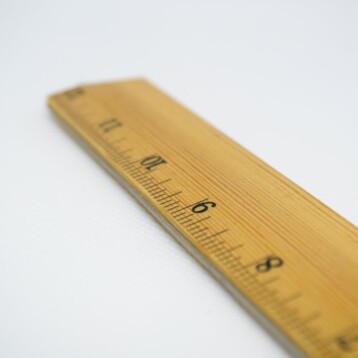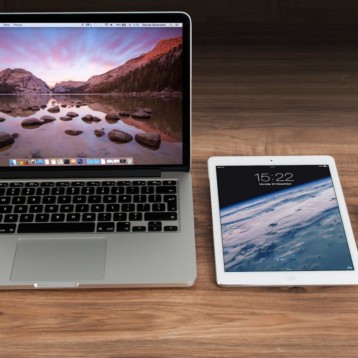The concept of a wireless charging pad isn’t new. TFOT readers probably remember the SplashPower, a somewhat similar device based on electromagnetic induction, which wasa developed by a British company. While the SplashPower (which is not yet complete) will probably need a special SplashModule receiver integrated inside the different devices (probably installed in the factory), WildCharge offers a special adapter that will replace the battery cover of a Motorola RAZR cell phone or an Apple Nano iPod enabling a wire free recharge.
Both WildCharge and SplashPower are wireless charging devices, but they still require leaving the battery in need of recharging on a (relatively small) stationery charging mechanism (the charging pad). The next logical step in the evolution of wireless power will be transmitting the energy through the air. This is exactly what Professor Marin Soljačić from the MIT Physics Department and his team are working on. Several months ago they wirelessly lit a 60-watt light bulb with electricity from a power source situated about 2 meters away from the bulb. Although the MIT work received its share of publicity as a ground braking development, some technological obstacles (many of which are related to safety testing) must be overcome before this innovation will help us get rid of cables once and for all.
In the short term, users might have to settle for the wireless technology offered by WildCharge. The company has already published prices for its soon to be released charging pad (around $60) and RAZR/iPod adapters (around $35).









